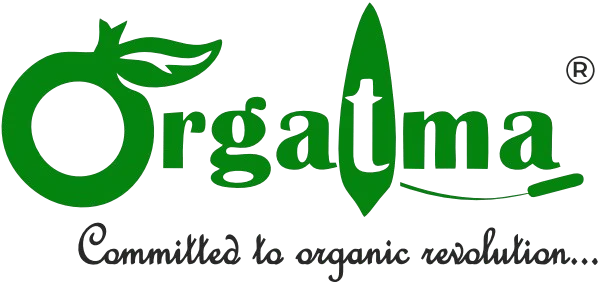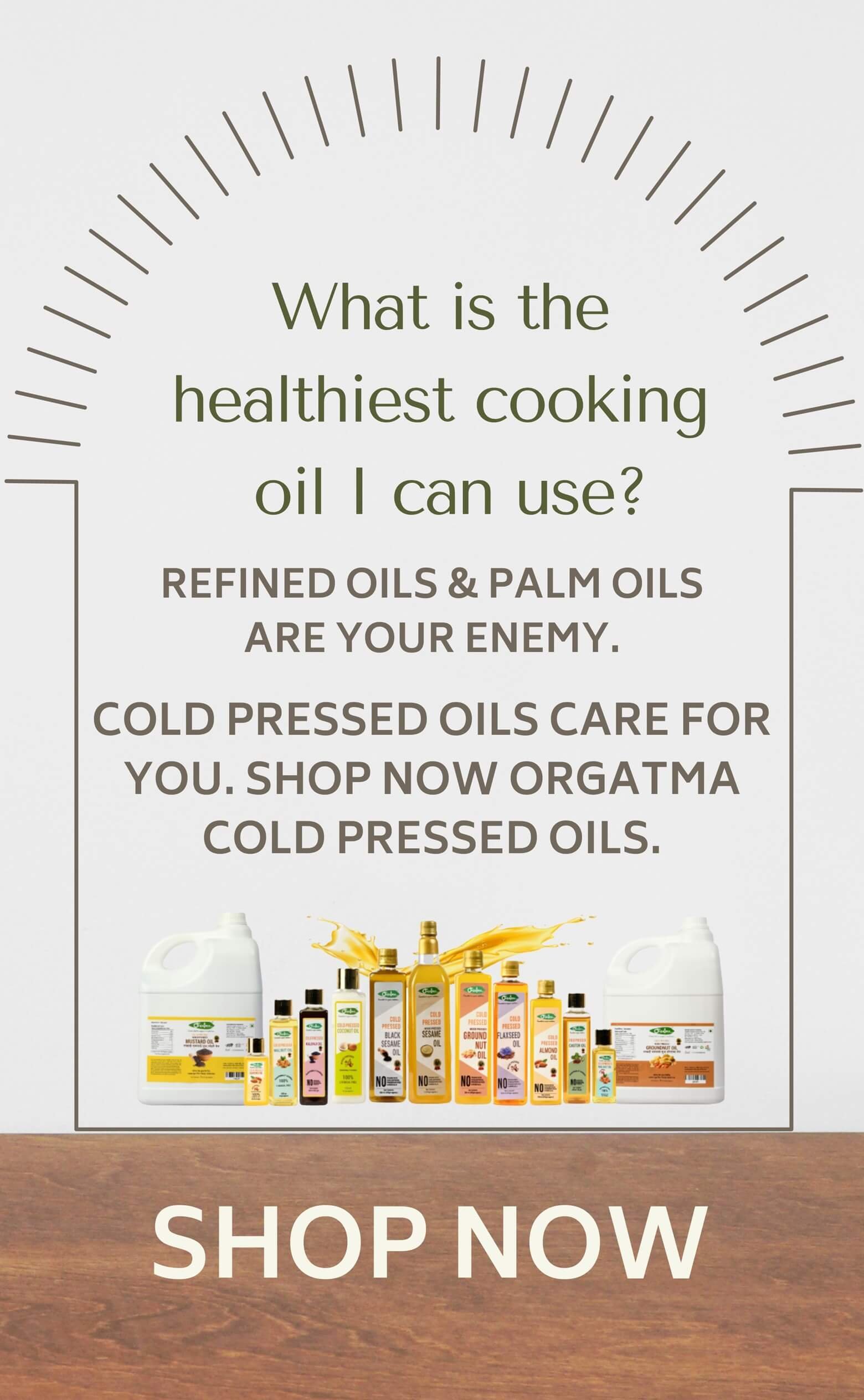How to Read Labels & Spot Adulteration in Food Products
When it comes to food, what we see on the outside is often not what we actually consume. Attractive packaging and flashy claims may look appealing, but hidden inside many products are refined additives, artificial preservatives, and adulterated ingredients that can harm your health. At Orgatma, we believe that transparency and purity should never be compromised. That’s why we’re here to guide you on how to read labels carefully and detect adulteration in everyday food products.
1. Check the Ingredient List — Less is More
Always turn the packet and read the ingredient list. A genuine product should have simple, recognizable ingredients. If you see chemical names, additives, or numbers like INS 330, E102, or 211, the product may contain artificial colors, preservatives, or stabilizers.

2. Look for Natural vs. Artificial Additives
Many food products claim to be “natural,” but the label reveals artificial flavoring agents and enhancers. Terms like nature-identical flavors or added flavoring substances are a red flag.
👉 For instance, pure honey should never have “added sugar or flavor.” Always choose brands like Orgatma’s Honey that are raw and unprocessed.
3. Nutrition Facts — Watch the Sugar, Salt, and Fat
Labels often highlight “low fat” or “sugar-free,” but hidden sugars or hydrogenated oils may still be present. Always check:
- Sugar content per 100g (avoid products with added glucose/fructose).
- Type of oil used — refined oils are stripped of nutrients. Switch to Orgatma’s Cold-Pressed Oils.
- Trans fats — should always be zero.
4. Expiry Dates & Storage Instructions
Adulterated or heavily processed foods often have unusually long shelf lives due to preservatives. Pure and natural foods like jaggery, ghee, or pickles will have a reasonable shelf life because they aren’t chemically preserved.
👉 Example: Orgatma’s A2 Cow Ghee lasts long naturally due to traditional Bilona preparation without artificial stabilizers.
5. Spotting Common Adulteration Tricks
- Honey → adulterated with sugar syrup. Test by putting a drop in water — pure honey settles at the bottom.
- Milk → often diluted with water
Final Thought
Understanding food labels and learning how to spot adulteration is not just about being a smart shopper—it’s about safeguarding your health and your family’s well-being. By making conscious choices and opting for brands that prioritize purity and transparency, you move one step closer to living a truly healthy lifestyle. At Orgatma, we are committed to offering natural, chemical-free, and authentic products so you never have to compromise on quality. Because when it comes to health, only the purest matters.






You must be logged in to post a comment.